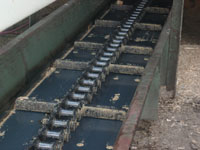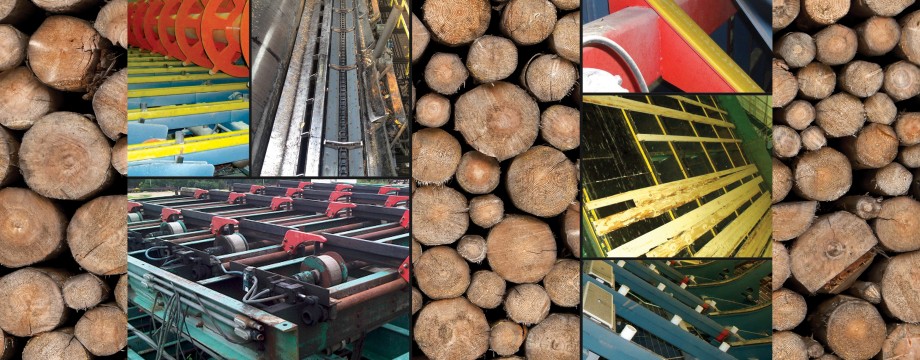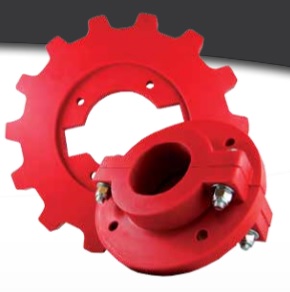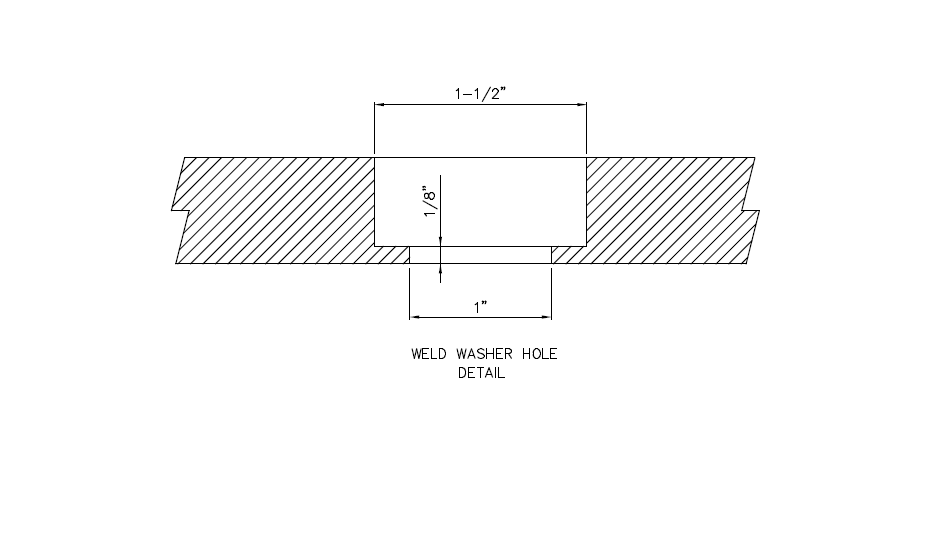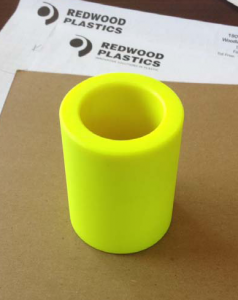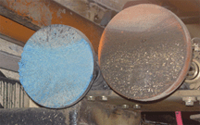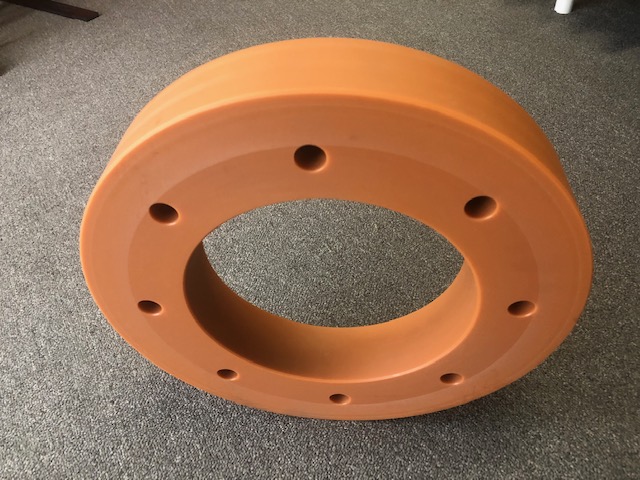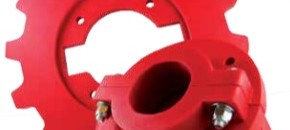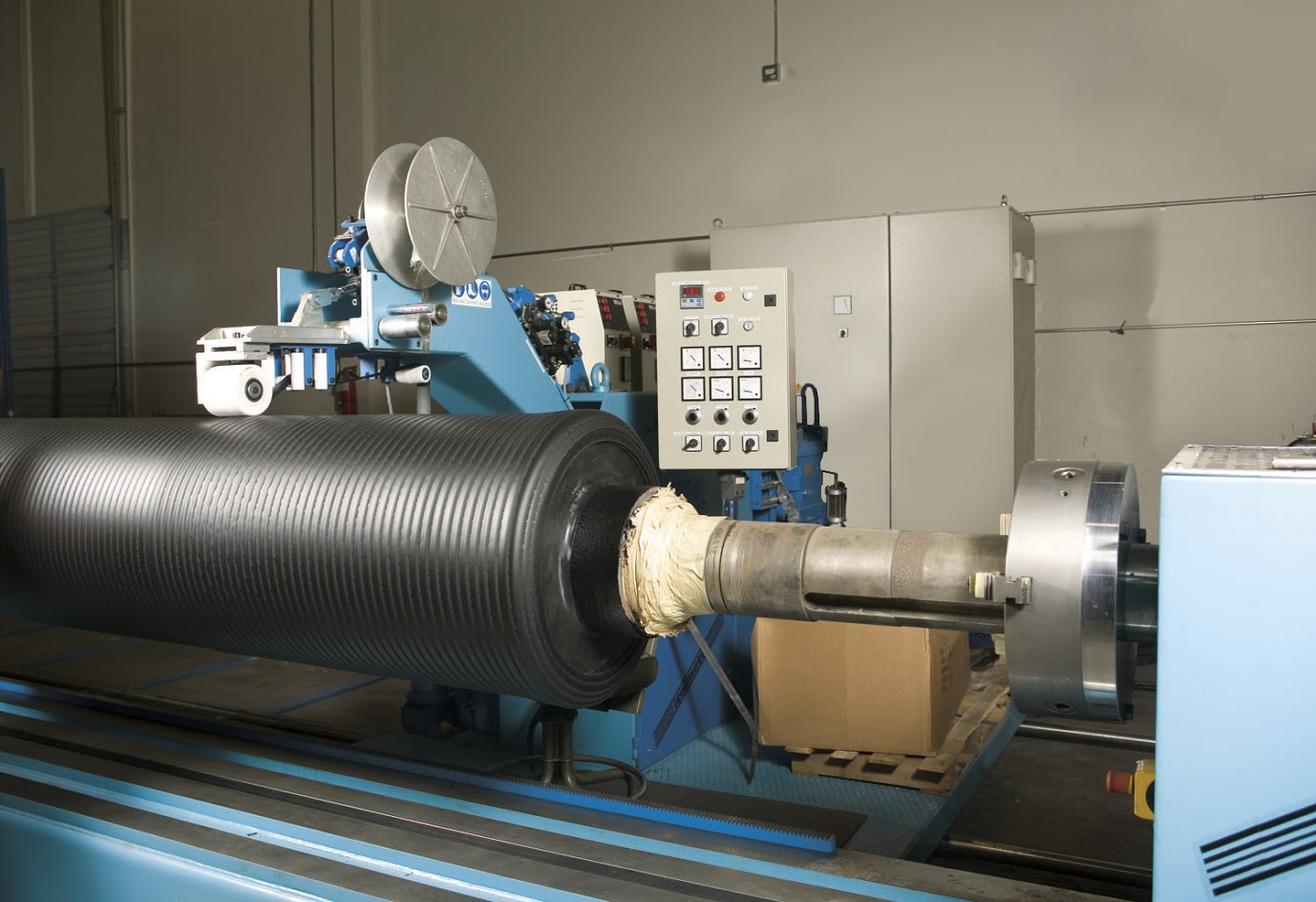As it turns out to customers in the sawmill industry new to performance plastics: there isn’t a single grade of UHMW used in mills, in fact there are several. These plastics to those not in the industry can look very different and many people may be surprised to learn they’re all variations of UHMW polyethylene – just with different additives and colorants. In many cases the different grades have advantages and disadvantages over each other. This article is not designed to give details but serve as a quick primer on the commonly used types. For more detailed information, please contact Redwood Plastics and Rubber.
***
UHMW natural aka “virgin”
The “baseline” grade of unfilled UHMW. It offers balanced properties since it is unmodified by fillers. The potential drawback, if there is one, is that it is not UV stable and should not be used in mill applications exposed to UV light.
UHMW reprocessed black
The most economical grade of UHMW and one of the most common used in sawmills. In general, the properties of reprocessed UHMW are about 15% worse than virgin except for wear properties. The reprocessing of UHMW actually partially “cross links” the material improving the wear properties. This makes reprocessed UHMW better than the natural grade in applications specifically for wear where other properties are not so important.
Redco Titanium
A premium grade, Titanium was specifically formulated to be the slickest UHMW (lowest coefficient of friction) with other advantages including being the most dimensionally stable and fully UV-resistant. This product is the best when it comes to sliding wear.
Tivar 88
A premium UHMW grade often used in lining applications, its properties are close to Redco Titanium and the two are often interchangeable, though its particular fillers slightly improve lifespan in many applications, at the cost of having the coefficient of friction of Redco Titanium.
Redco Synsteel
A metal-filled UHMW primarily designed for use in pulp mills as the product trips metal detectors. The addition of metal greatly increases the compressive strength and dimensional stability of the product. In traditional sawmills, Synsteel is often used on the log deck as it takes incredible impact and load. The other thing to be aware of is that the metal in Synsteel will rust. This does not affect the properties of the product; however, it is unslightly and the rust may seep into the logs so maintenance personnel should keep an eye on that.
Yellow/clean/repro
Many customers assume the ubiquitous yellow chain channel is virgin grade UHMW but it is in fact reprocessed with regrind pulverized so fine it cannot be seen with the naked eye. The reprocessed nature of the product helps as described earlier by improving the wear properties – critical for chain channel.
***
These six grades sum up the vast majority of UHMW used in sawmill and planarmill applications. For more assistance, please do not hesitate to reach out.
